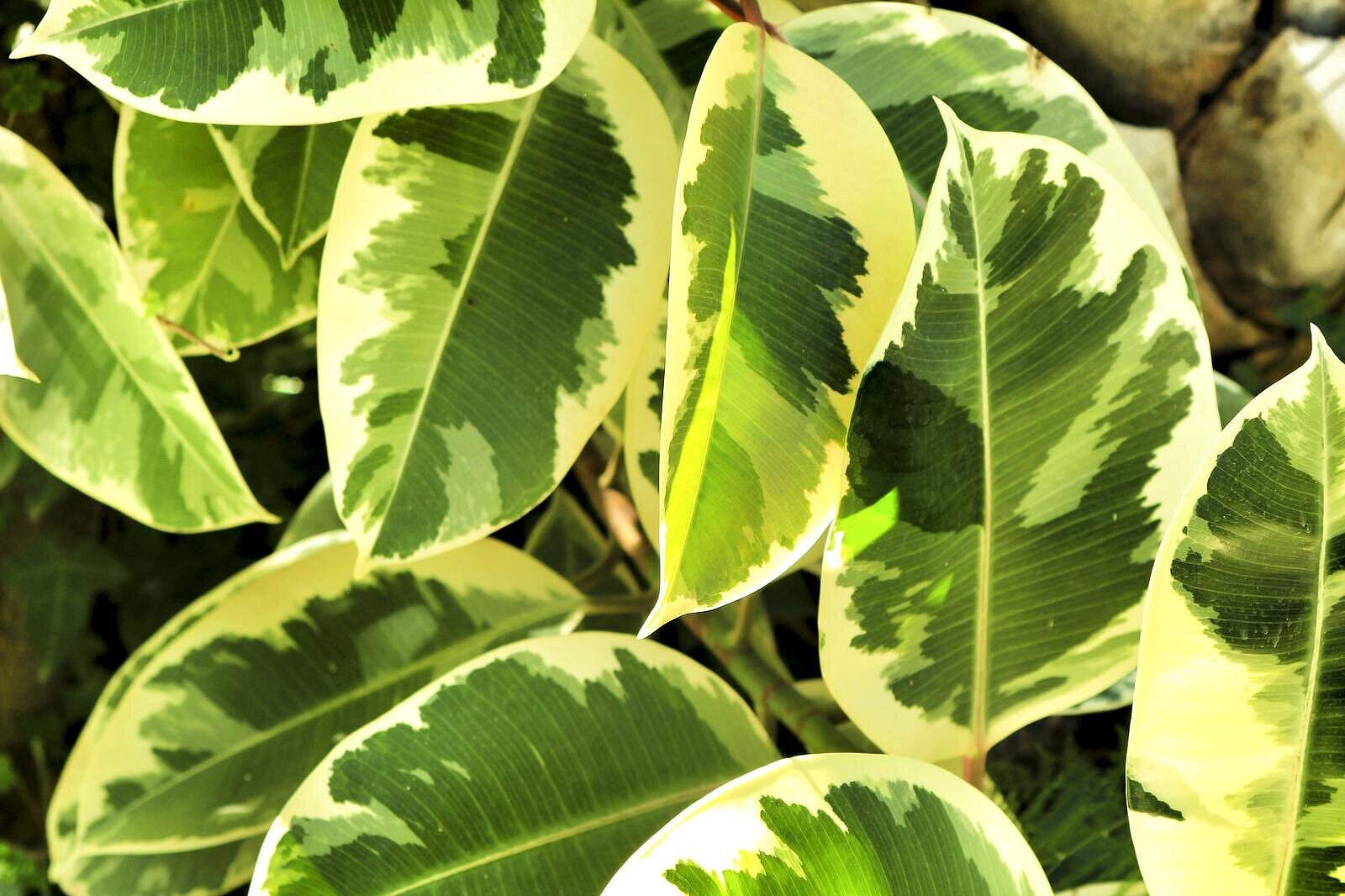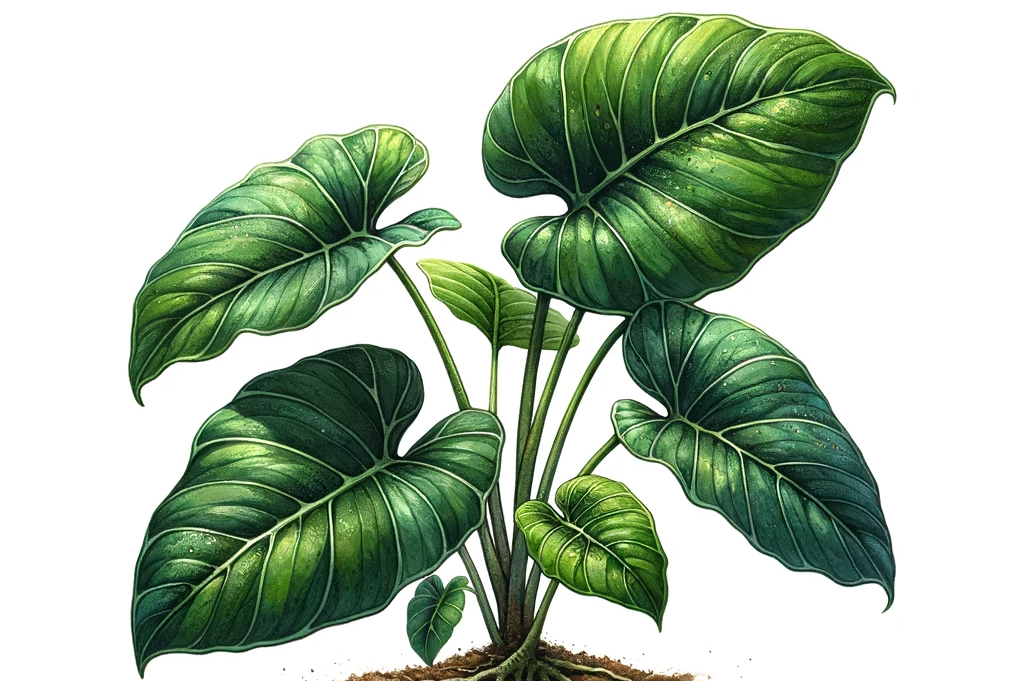Birch fig

What is the birch fig?
The birch fig, or Ficus benjamina, is a plant from the Moraceae family, originally from Asia and Australia. It is characterized by its glossy, green leaves and ability to thrive indoors. Due to its appealing aesthetics and air-purifying properties, the birch fig is a popular choice for offices and living spaces.
Benefits of birch fig in a household with dogs
Air purification
The birch fig is known for its ability to purify the air of pollutants. It can help to improve the air quality in your home, which is beneficial for both you and your dog.
Aesthetic value
In addition to its health benefits, the birch fig can also enhance well-being through its aesthetic appeal. A green, vibrant environment can have positive effects on mood and general well-being.
Disadvantages and risks of birch figs for dogs
Toxicity
An important aspect for dog owners to consider is the toxicity of the birch fig. The plant contains certain chemicals that, when consumed by dogs, can cause digestive upset, oral irritation, excessive salivation and, in severe cases, even vomiting and diarrhea.
Allergic reactions
Some dogs can have an allergic reaction to birch figs. Symptoms of an allergic reaction can include skin rashes, itching and, in severe cases, breathing difficulties.
Preventive measures
To minimize the risk of poisoning or allergic reaction, you should take the following preventive measures:
- Placement of the plant: make sure the birch fig is placed out of your dog's reach. An elevated position or a room that your dog cannot access can be a good solution.
- Observation: Pay attention to your dog's behavior near the plant. If there are any signs of interest or an attempt to eat the plant, you should intervene immediately.
- Alternative plants: Consider purchasing dog-friendly plants that pose no health risks to your four-legged friend.
While birch figs can undoubtedly be an asset to the home, it's important to consider the potential risks to your dog. By taking preventative measures and being aware of the potential dangers, you can ensure that both your home and your dog remain safe and healthy. Should you have any concerns about the safety of plants in your household, it is advisable to speak to a vet or a plant safety expert to make the best decision for you and your dog.
Properties 6
Are you looking for other ingredients with a specific property?
Just click on them to find more.
If you notice any signs of hypersensitivity or poisoning in your dog, you should see your vet immediately. We are not a substitute for a vet, but we try to be as accurate as possible. Every dog reacts differently and we recommend you get a second opinion or consult your vet if in doubt.
Stay healthy and take good care of your four-legged friend!😊
Similar to Birch fig
Dragon tree contains saponins, secondary plant substances that are found in many plants. Saponins have a soap-like effect and foam up when they come into contact with water. They protect the plant...
Rubber tree is the colloquial name for a group of plants from the spurge family. The best-known representative is Ficus elastica, which originates from Southeast Asia and can grow up to 30 meters...
Monocots (Spathiphyllum) belong to the arum family and originally come from the tropical rainforests of South America. There are more than 40 different species of monocots, which vary in size, shape...
Philodendron is a genus of around 600 plant species that mostly grow as climbing or hanging plants. They often have large, glossy leaves that are colored in various shades of green or with colorful...



